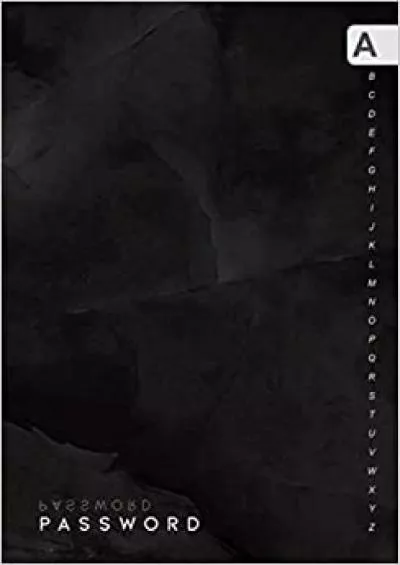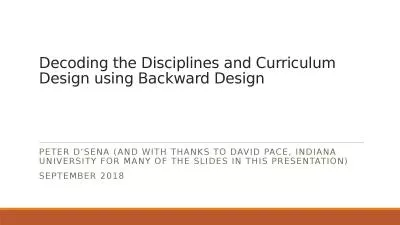PPT-Exploring Backward Design
Author : celsa-spraggs | Published Date : 2017-03-15
Rethinking Approaches to Foster Understanding in the Classroom presented by Angela RamnarineRieks TEACHING PROFESSOR WORKSHOP OCTOBER 11 2016 Activity 1 Envisioning
Presentation Embed Code
Download Presentation
Download Presentation The PPT/PDF document "Exploring Backward Design" is the property of its rightful owner. Permission is granted to download and print the materials on this website for personal, non-commercial use only, and to display it on your personal computer provided you do not modify the materials and that you retain all copyright notices contained in the materials. By downloading content from our website, you accept the terms of this agreement.
Exploring Backward Design: Transcript
Download Rules Of Document
"Exploring Backward Design"The content belongs to its owner. You may download and print it for personal use, without modification, and keep all copyright notices. By downloading, you agree to these terms.
Related Documents

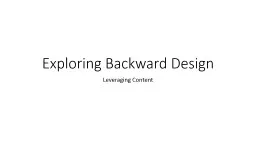

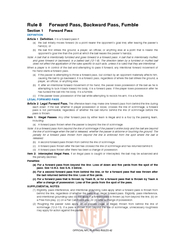
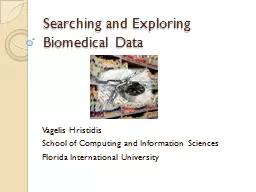
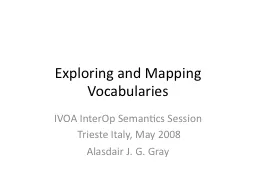
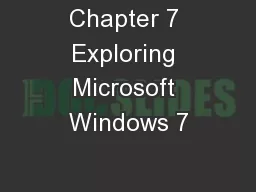
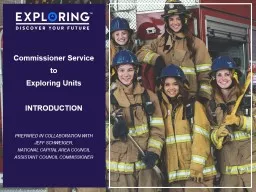



![[EBOOK]-Exploring the World of Chemistry: From Ancient Metals to High-Speed Computers](https://thumbs.docslides.com/956424/ebook-exploring-the-world-of-chemistry-from-ancient-metals-to-high-speed-computers-exploring-series-exploring-new-leaf-press.jpg)
![[DOWNLOAD]-Exploring the World of Chemistry: From Ancient Metals to High-Speed Computers](https://thumbs.docslides.com/957391/download-exploring-the-world-of-chemistry-from-ancient-metals-to-high-speed-computers-exploring-series-exploring-new-leaf-press.jpg)
